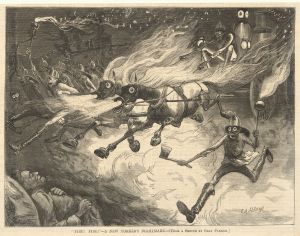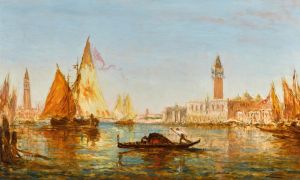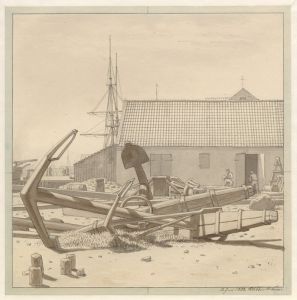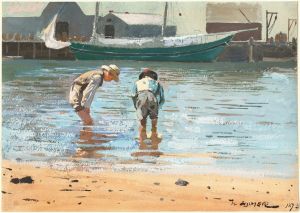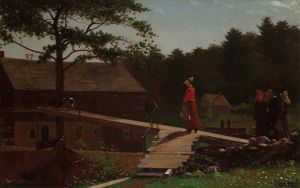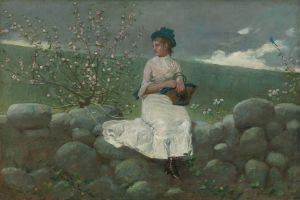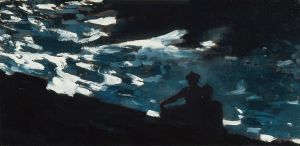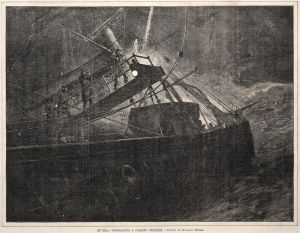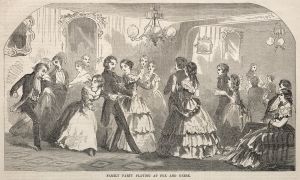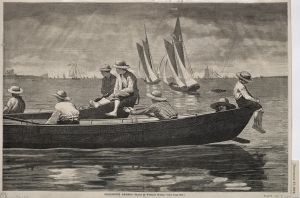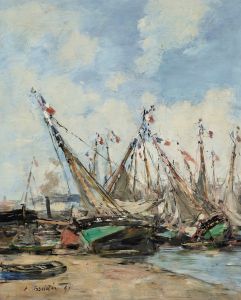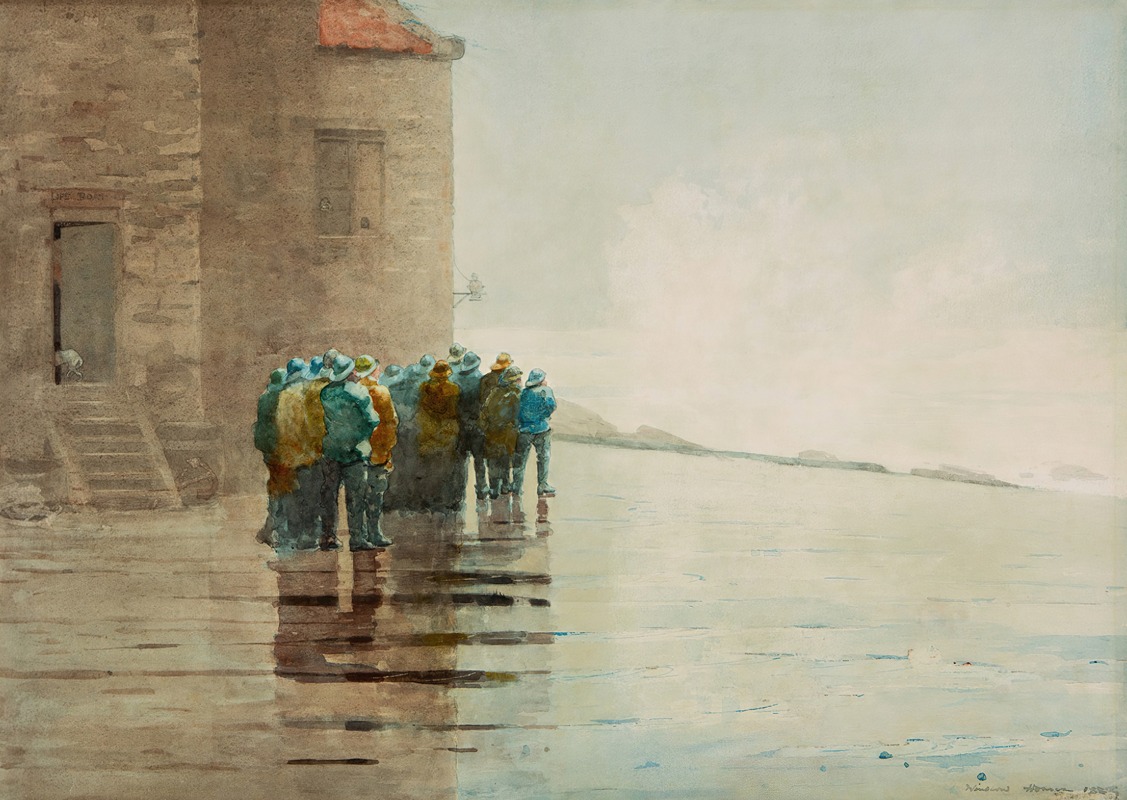
The Life Brigade
A hand-painted replica of Winslow Homer’s masterpiece The Life Brigade, meticulously crafted by professional artists to capture the true essence of the original. Each piece is created with museum-quality canvas and rare mineral pigments, carefully painted by experienced artists with delicate brushstrokes and rich, layered colors to perfectly recreate the texture of the original artwork. Unlike machine-printed reproductions, this hand-painted version brings the painting to life, infused with the artist’s emotions and skill in every stroke. Whether for personal collection or home decoration, it instantly elevates the artistic atmosphere of any space.
Winslow Homer, an American artist renowned for his marine subjects, created "The Life Brigade" in 1886. This painting is a significant example of Homer's mature style, characterized by its dramatic realism and attention to the human struggle against nature. "The Life Brigade" depicts a scene of a rescue operation by a life-saving crew, a theme that Homer explored in several of his works during the 1880s.
Homer's interest in maritime themes was partly inspired by his time spent in England from 1881 to 1882, particularly in the coastal village of Cullercoats. There, he observed the daily lives of fishermen and their families, which profoundly influenced his artistic direction. Upon returning to the United States, Homer settled in Prouts Neck, Maine, where the rugged coastline and the Atlantic Ocean became central elements in his paintings.
"The Life Brigade" captures the intense moment of a rescue operation, likely influenced by the real-life activities of the United States Life-Saving Service, a precursor to the modern Coast Guard. This organization was responsible for aiding shipwrecked sailors along the American coast, and their heroic efforts were a source of fascination for Homer. In the painting, the viewer can see the life-saving crew in action, battling the elements to save those in peril at sea. The composition emphasizes the power of the ocean, with waves crashing dramatically, underscoring the perilous nature of the rescue mission.
Homer's technique in "The Life Brigade" showcases his mastery of watercolor, a medium he frequently used alongside oils. His ability to convey the translucency and movement of water is evident in the painting, as is his skill in capturing the atmospheric conditions of the seascape. The use of light and shadow adds depth and drama to the scene, highlighting the bravery and determination of the life-saving crew.
The painting is also notable for its lack of sentimentality; Homer presents the scene with a straightforward realism that respects the gravity of the situation without romanticizing it. This approach is typical of Homer's work, where he often focused on the resilience and fortitude of individuals facing the formidable forces of nature.
"The Life Brigade" is part of a broader series of works by Homer that explore themes of survival and human endurance. These paintings reflect not only his personal experiences and observations but also the broader cultural interest in maritime life during the late 19th century. Homer's work during this period is celebrated for its technical excellence and its ability to convey the emotional and physical challenges faced by those who live and work by the sea.
Today, "The Life Brigade" is recognized as an important piece within Winslow Homer's oeuvre, exemplifying his contribution to American art and his influence on the depiction of maritime subjects. His work continues to be studied and admired for its powerful representation of the human spirit in the face of nature's immense and often unpredictable power.





